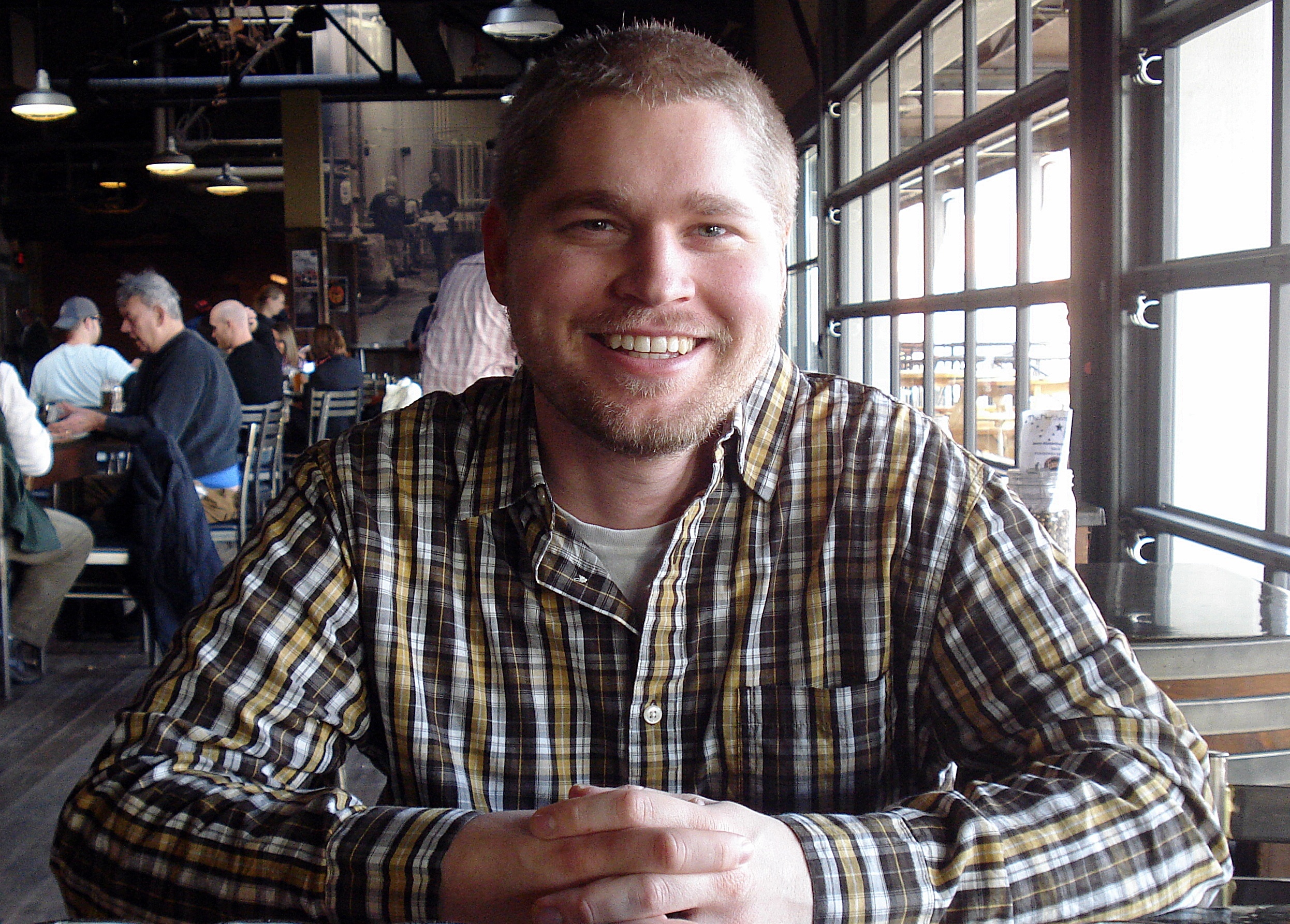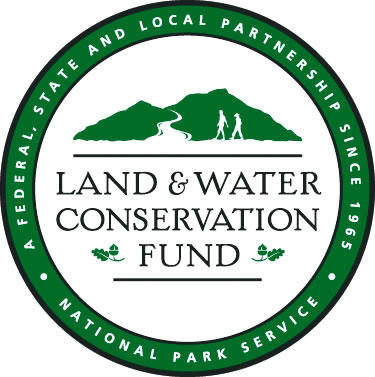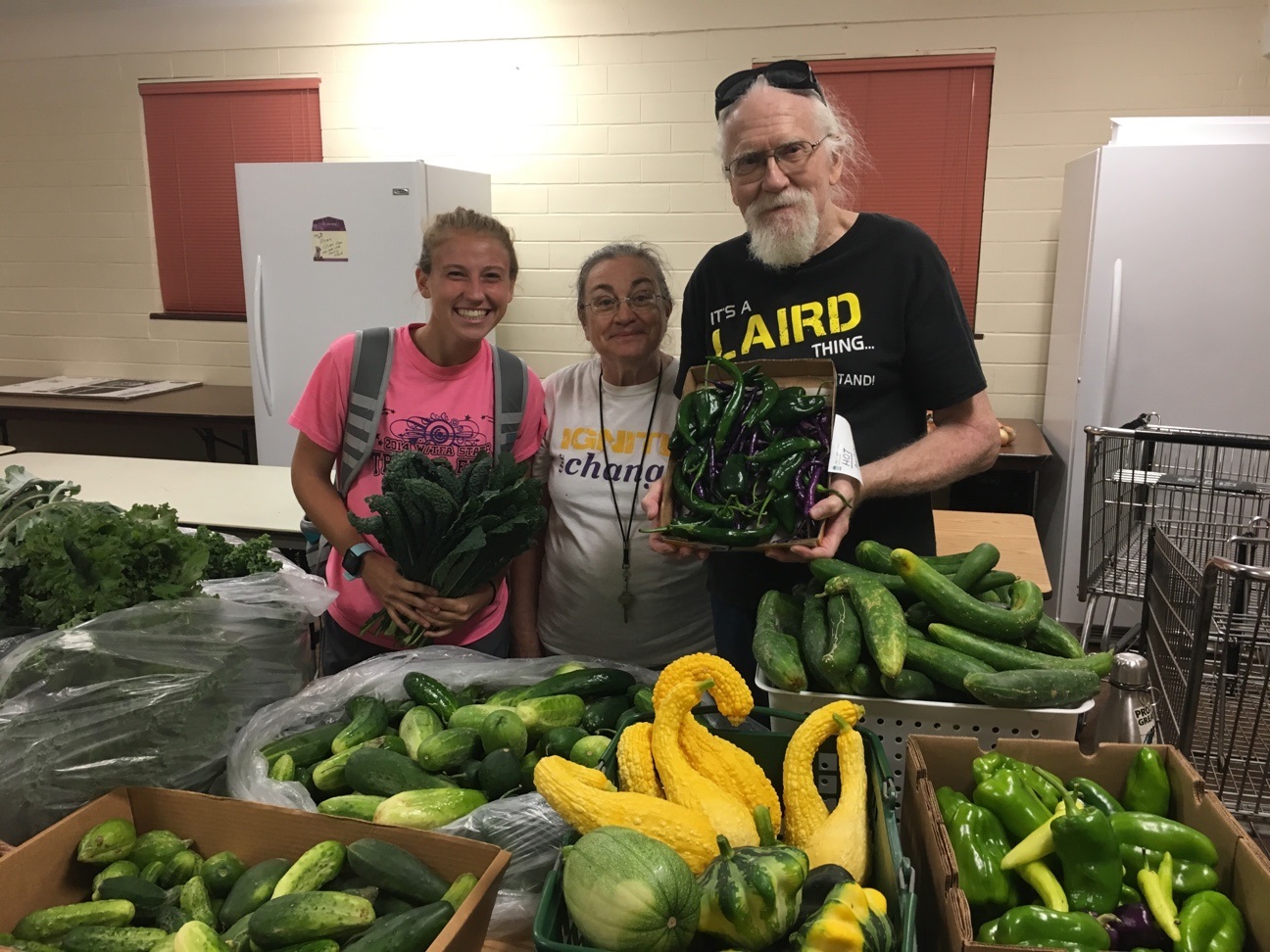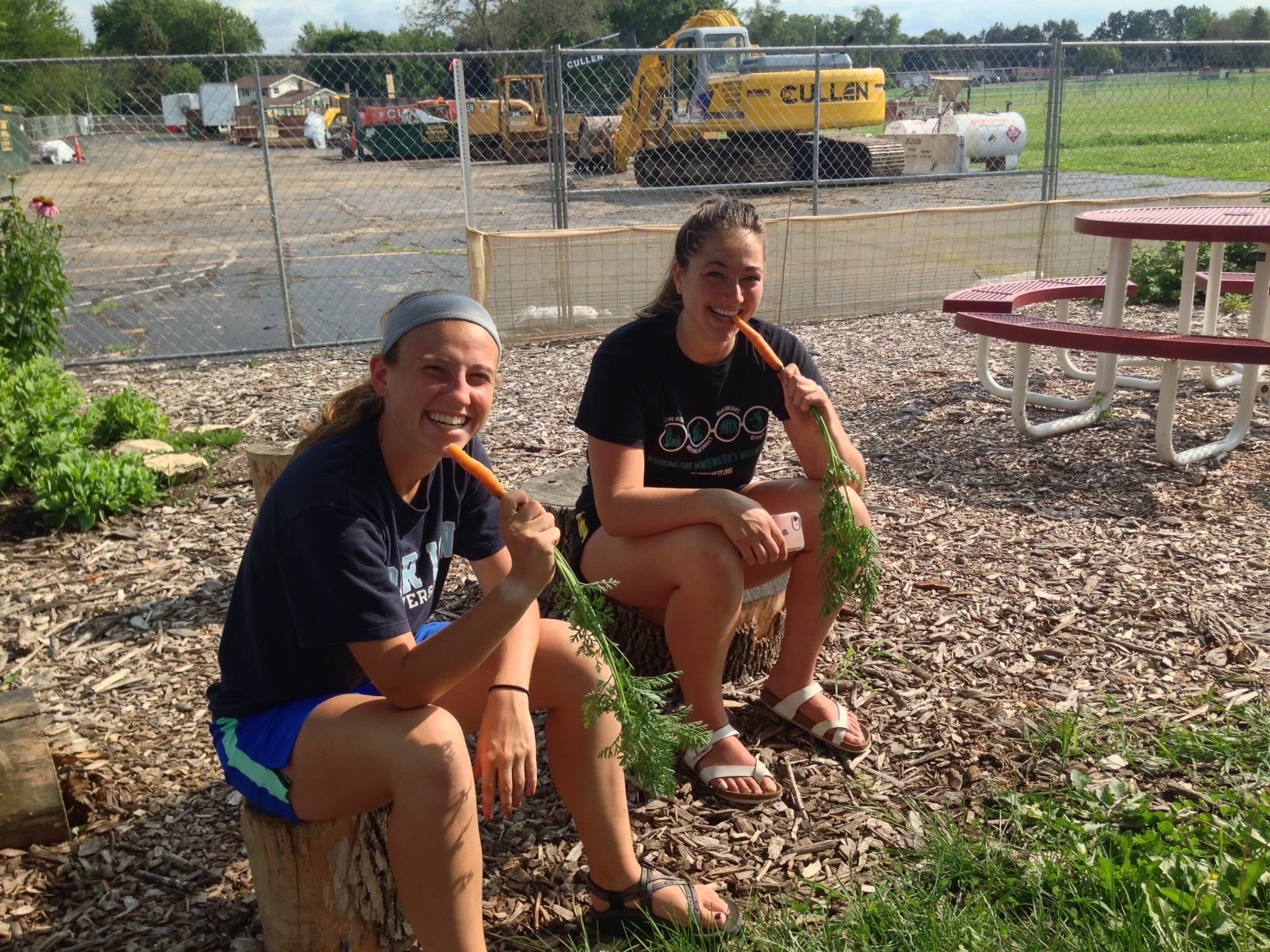When it comes to sustainability staff at UW-Whitewater, most people are (hopefully) aware of the full-time Sustainability Coordinator position that has been on campus since 2008. The Sustainability Office incorporated with student employees added to the team in 2014. However, many are not aware that as long ago as 2009 there was a faculty Sustainability Fellow that was hired from our existing faculty to coordinate the integration of sustainability into academics, focusing primarily on networking with faculty and providing curriculum training. This position was created and piloted by Dr. Eric Compas of Geography/Geology/Environmental Science and held most recently by Dr. Josh Mabie of Languages and Literature. However, the position has not been consistently filled and this led to some inconsistencies in how our sustainability program integrated with academics.
To help address this shortcoming, Provost Susan Elrod decided to reconstitute the Sustainability Fellow position as well as the Sustainability Council, an advisory committee that also had faculty participation but lacked consistent leadership due to the Fellow position being vacant. Dr. Jonah Ralston of the Political Science Department was selected by a hiring committee to serve as the Sustainability Fellow for a two year term with possibility of renewal for a third year. Dr. Ralston started his term as Sustainability Fellow in Spring 2018.
We sat down with Dr. Ralston to ask him a few questions about his interest in sustainability topics and what he hopes to accomplish as the Sustainability Fellow during his tenure with the Sustainability Office.

Tell us a little about yourself.
I am an Assistant Professor of Political Science at the University of Wisconsin-Whitewater, and I currently coordinate the university’s Public Policy and Administration program. I have also had appointments as faculty Sustainability Fellow and Community-based Learning Fellow. Prior to my current academic position I was employed as a Program Analyst for a non-partisan legislative service agency in Wisconsin and before beginning my doctoral studies at Michigan State University, I had spent three years working as a business analyst with a multinational corporation. Though these experiences were enriching, I longed for making a more meaningful impact on society. Eventually this quest for finding greater purpose in my career would lead me to my current employment as a faculty member at UW-Whitewater.
When did you first become interested in sustainability?
My interest in sustainability began during my time as an undergraduate student. I studied economics, which exposed me to the neoclassical growth model, and I remember being struck by what seemed like a lack of concern for the potential consequences of boundless growth. In the years since that time I have researched sustainability both personally and professionally with an aim toward understanding how current development models can be made more sustainable. I have come to view sustainability as an issue that is not only relevant to how we interact with the environment but also to how we treat one another. Sustainability can be applied to social justice just as easily as it can be applied to environmental protection, and no matter one’s occupation or current lifestyle, sustainability is something we are all capable of striving to achieve.
Why did you want to become the Sustainability Fellow?
I strongly believe in the Wisconsin Idea, namely that our work at the university should improve the lives and environment of the people in our state. The role our university can play in advancing knowledge on environmental matters cannot be understated. Research by Jon Miller has demonstrated that the strongest predictor of adult scientific literacy is the number of college science courses that a person has taken. I think we can extend our university’s impact beyond literacy by incorporating the principles of sustainability into our curriculum, instruction, research, and community outreach. By focusing on sustainable living we can promote the knowledge that is vital to the long-term health and prosperity of our communities, from the local to the global.
What projects are you currently working on as the Sustainability Fellow?
This semester we reconstituted the Sustainability Council and at this point we have held two meetings. The Sustainability Fellow serves as co-chair of the Council. The Council has a broad membership representing a number of different stakeholders on campus and is dedicated to advancing the university’s sustainability initiatives.
A major project I have taken on as Sustainability Fellow is to assist in the opening of a campus food pantry that will improve the sustainability and resiliency of the Warhawk student body. I have completed a number of tasks in this capacity, such as creating a survey that has been distributed to all current students at UW-Whitewater. The food pantry will open this semester.
I am assisting the Sustainability Office in completing the university’s next AASHE STARS report, which will be submitted at the end of the semester. I am working on the academic portion of the report and plan to distribute a survey to all faculty and staff asking them to report on their sustainability efforts related to teaching, research, and service.
What projects do you hope to take on in the future?
I would like to hold a sustainability workshop that would be focused on allowing faculty and academic staff to share their experiences with one another regarding how they have infused sustainability into their curriculum. For those who have not yet incorporated sustainability into their curriculum, it would be a chance for them to learn about how to do so through guided activities and discussions.
I hope to create a sustainability resource for faculty and staff members, such as a university website where information about how UW-Whitewater faculty and staff have incorporated sustainability into their work would be made available. I would like this resource to include actual examples from our campus.
What do you hope other faculty and staff members on campus do to become involved in campus sustainability?
It would be wonderful to have more faculty and staff demonstrating their support for sustainability efforts on campus. That could be by attending a sustainability event or it could be by incorporating sustainability into one’s work. Sustainability is a big tent and there is a place for anyone who wants to get involved to improve the environmental quality, social equity, and economic vitality of our university community.









(0).jpg)
.jpg)



.jpg)













